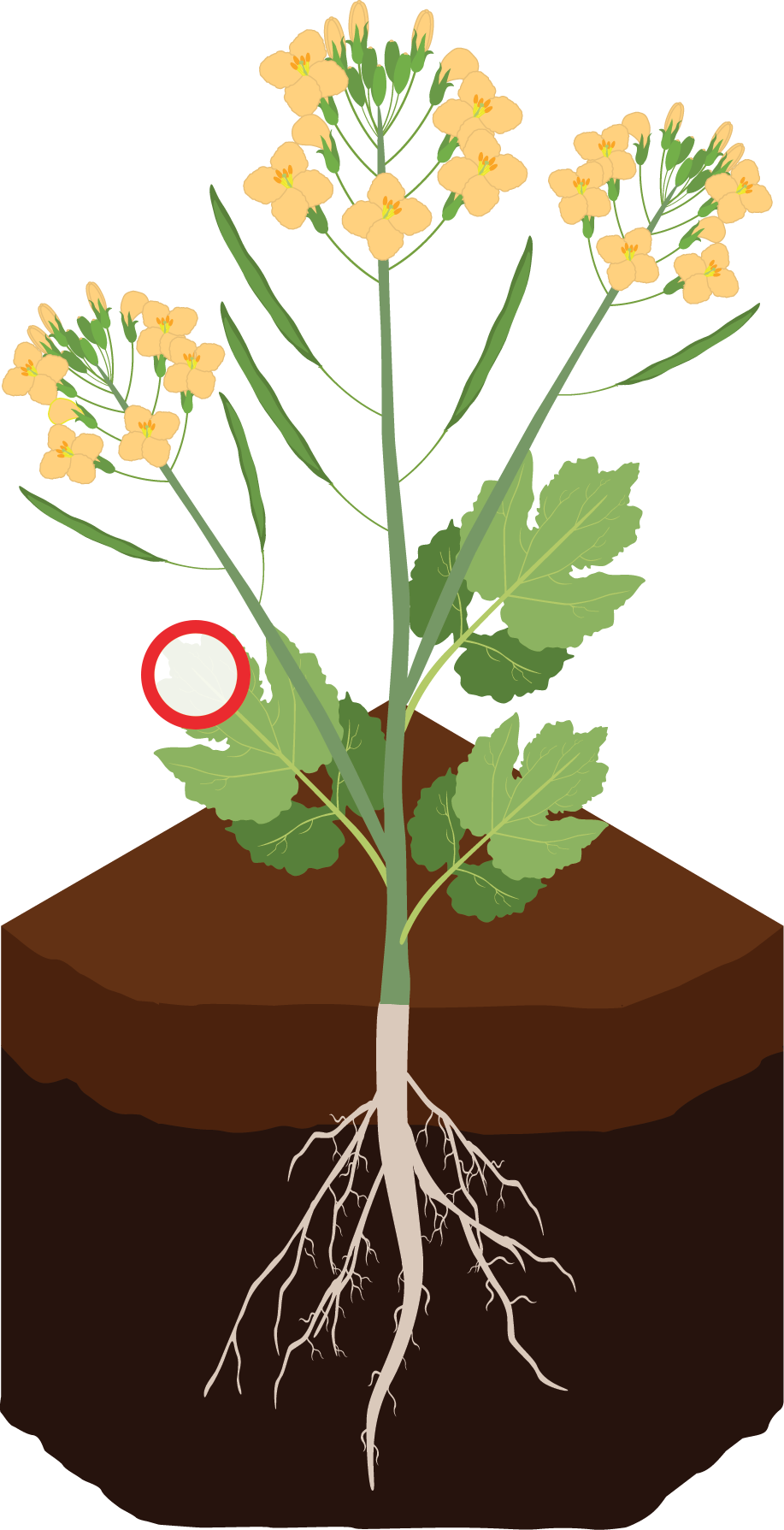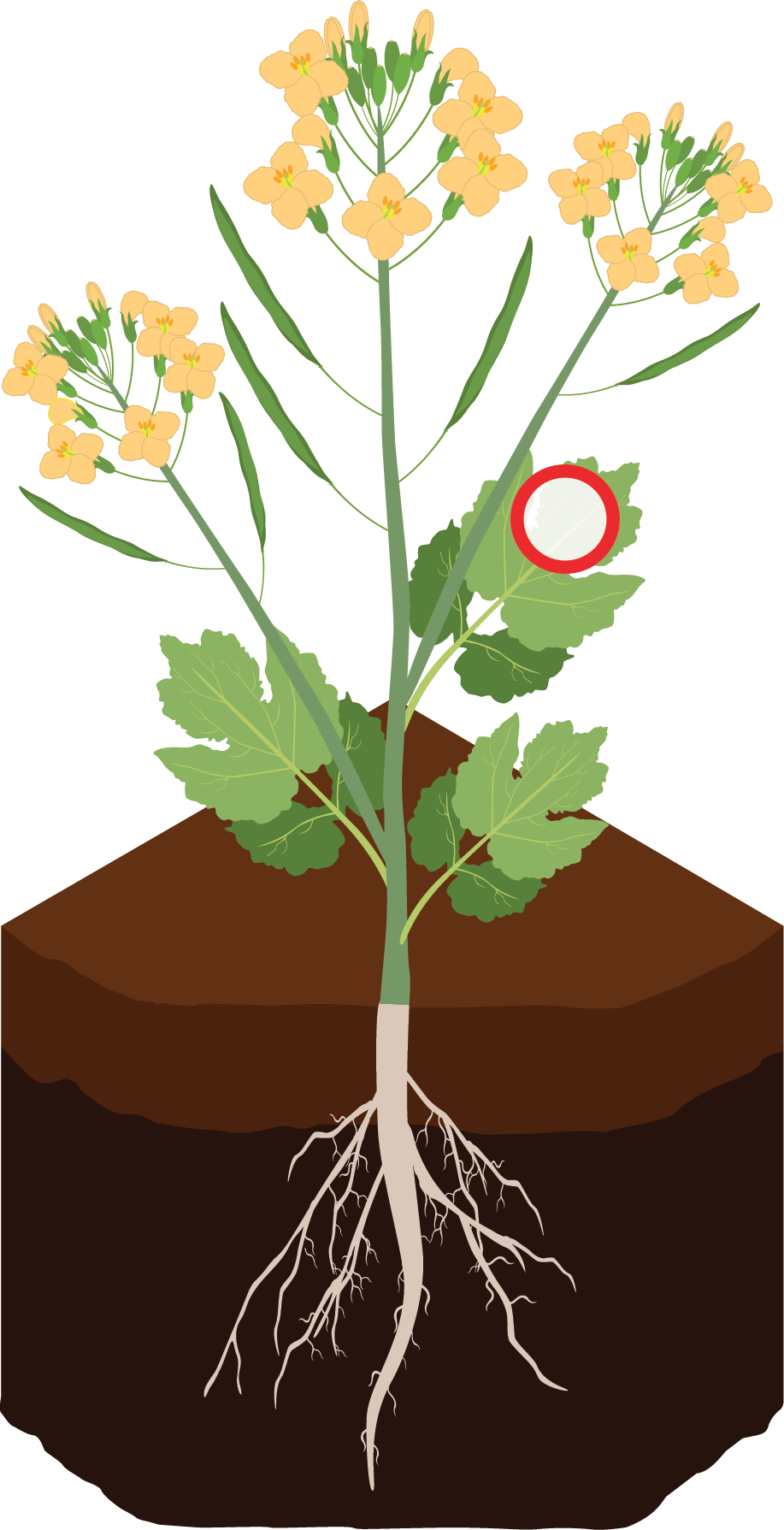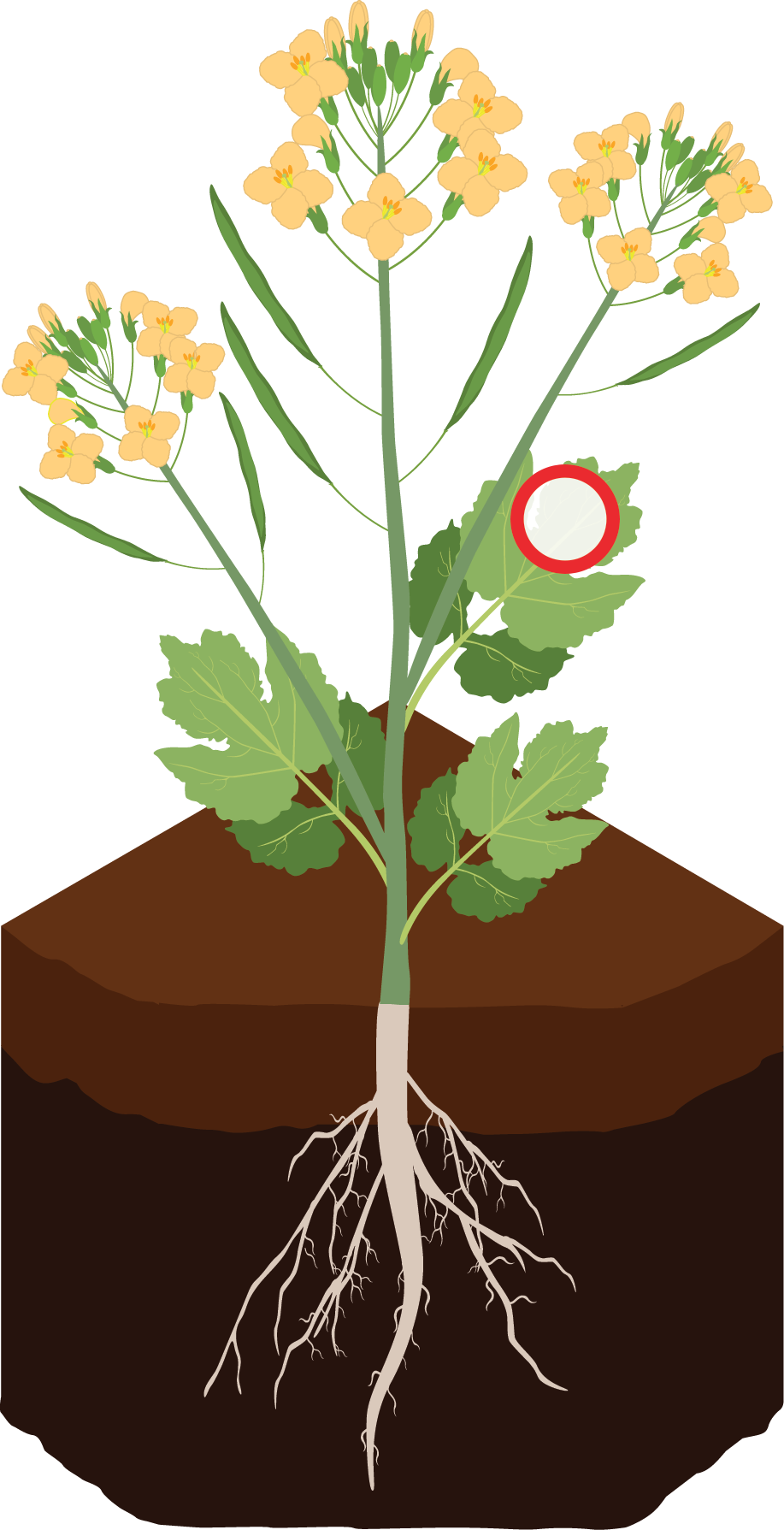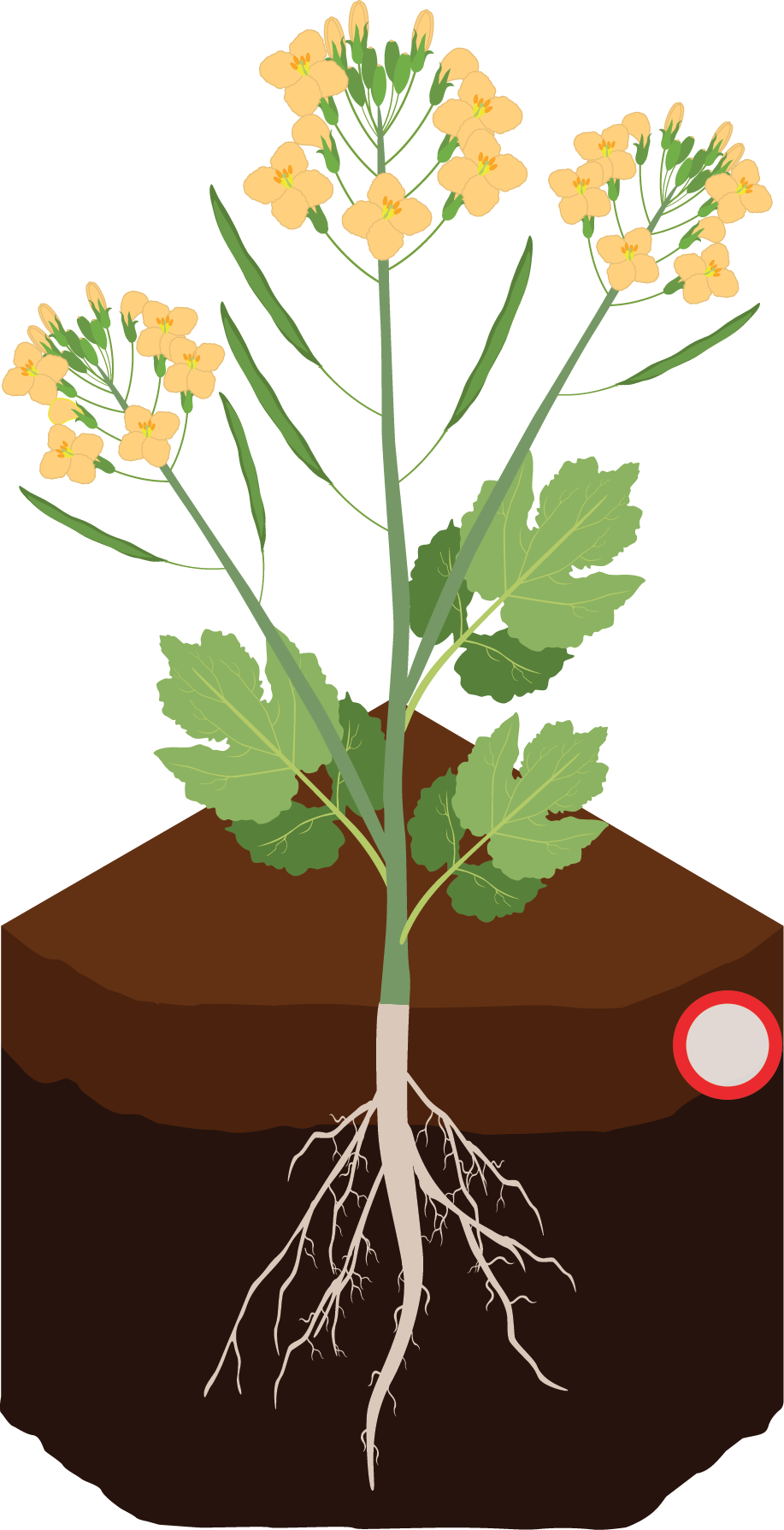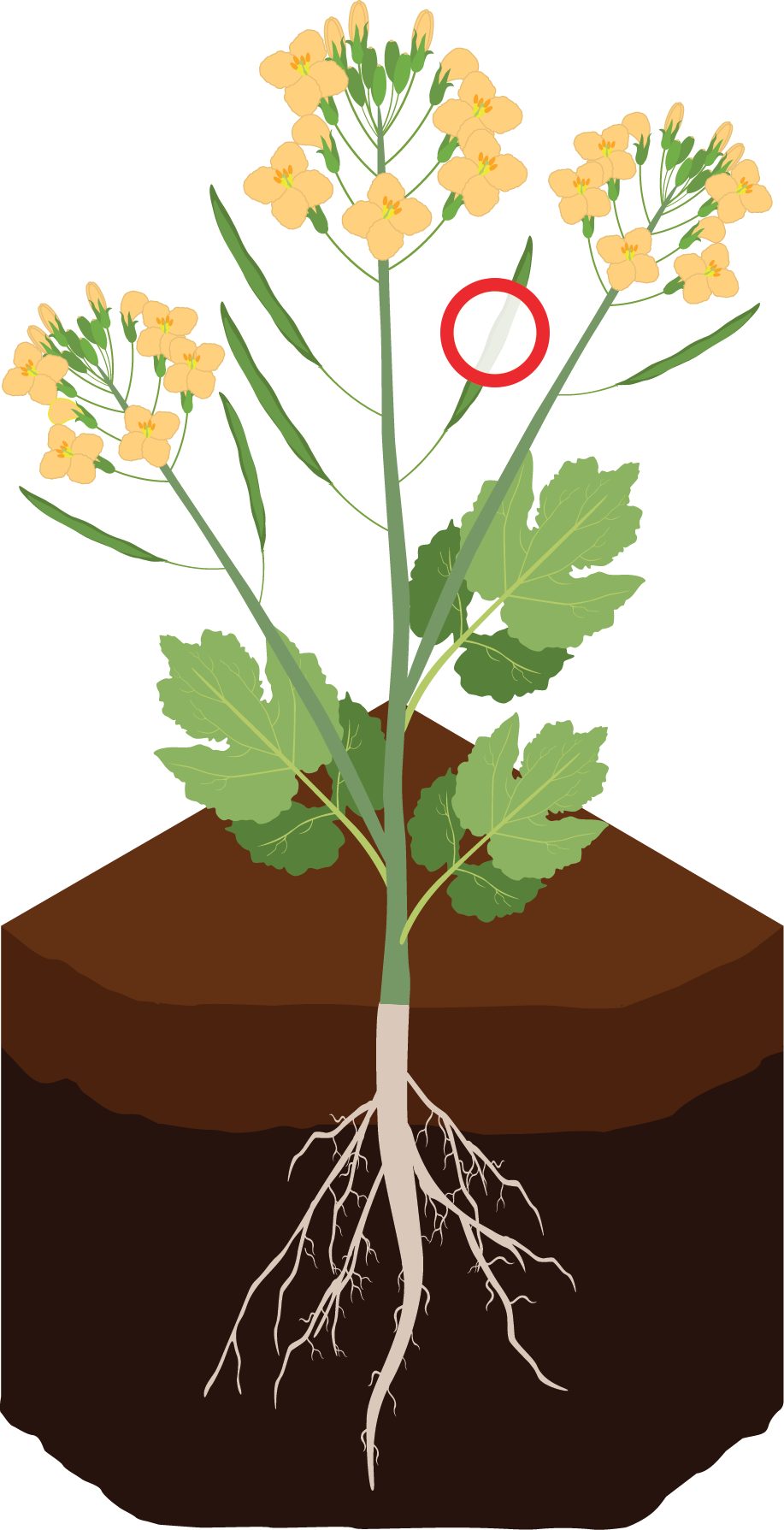How we’ll reengineer crops for a changing climate
Efforts to improve the genetics of food crops are as old as agriculture. Crossbreeding plants to select for traits is nothing new, but synthetic biology techniques, including CRISPR-Cas9 and other gene-editing systems, have sped up the process and made new approaches possible. As climate change threatens the world’s food-growing systems, plant scientists, industry, and governments hope to use these powerful methods to make plants hardier and land more productive. Here are some of their targets.
RESISTING DISEASE
Researchers say it is not always clear how rising CO2 levels will affect the relationship between crops and disease, but changes in temperature and water availability can make plants more susceptible to disease. The genomes of many bananas and plantains share a dangerous secret that illustrates this: a virus that can cause farmers to lose their harvests. The banana streak disease, which primarily affects the leaves, is activated under stress conditions such as drought and extreme heat, which are likely to become more common as a result of climate change. That will be especially problematic in countries like Tanzania and Kenya, where these crops are important sources of calories. To get ahead of this problem, a research team led by Leena Tripathi of the International Institute of Tropical Agriculture in Nairobi, Kenya, used CRISPR-Cas9 to edit the genome of a type of plantain commonly grown in East and Central Africa. Her team successfully neutralized the banana streak disease sequence inside it (Commun. Biol. 2019, DOI: 10.1038/s42003-019-0288-7). The researchers are now working on making bananas resistant to other diseases.
SUPERCHARGING PHOTOSYNTHESIS
For plant engineers, photosynthesis and the related process of photorespiration are ripe for improvement. As part of the Realizing Increased Photosynthetic Efficiency project, researchers at the University of Illinois at Urbana-Champaign are targeting a respiration protein called RuBisCO. They recently showed that their engineered tobacco plants had 40% greater crop yields in field trials (Science 2019, DOI: 10.1126/science.aat9077). If it works in food crops, modified RuBisCO could help farmers reduce the impact of climate change by creating crops that thrive with increased carbon dioxide levels and hotter temperatures. In contrast, members of the C4 Rice Project are trying to push rice to use a photosynthetic pathway, known as C4, that is used by crops like maize and that is more efficient in hot, dry environments. Some of them are trying to add C4 machinery into cells; others are attempting to engineer rice that has the physical characteristics of a C4 plant. University of Oxford researchers and colleagues have achieved one step toward that goal by introducing a single maize gene into the rice plant, which increased the volume of chloroplasts and mitochondria in cells surrounding leaf veins (Curr. Biol. 2017, DOI: 10.1016/j.cub.2017.09.040). Such efforts to supercharge photosynthesis could allow farmers to produce more calories using less land and fertilizer.
SHRINKING STEMS
In the 1950s, Norman Borlaug bred a wheat plant with a shorter, stronger stalk that doesn’t fall over in the wind or if the grain head gets heavy. Today, Bayer Crop Science is betting that the corn of the future will also be short statured to protect against stronger winds caused by climate change. Its R&D teams are developing and field-testing conventionally bred and genetically modified corn varieties that are a meter or more shorter—and much sturdier—than any corn that farmers have previously grown. According to Bob Reiter, head of R&D for Bayer Crop Science, farmers should be able to pack more of the smaller plants into the same area, thereby producing more food on the same land, and prevent stems from breaking in the wind.
EXPANDING ROOTS
Roots are critical for water and nutrient absorption, physical support, and carbohydrate storage in plants. Several groups are working to boost crop yields by improving and increasing root formation. Researchers at the Salk Institute for Biological Studies are taking the idea one step further by making plants with roots that are not only bigger but also resistant to decomposition, potentially enabling them to store more carbon underground. The team worked with other researchers to locate single genes that regulate how deeply roots burrow into soil (Cell 2019, DOI: 10.1016/j.cell.2019.06.021) and is now trying to increase the amount of suberin in the root cells of plants. Suberin is a waxy substance present in plant cell walls that resists decomposition, enriches soil, and helps plants tolerate stress. Once they’ve learned what they can from their work with model plants, the researchers hope to build suberin-charged crop plants that, on a large scale, could suck enough carbon out of the atmosphere to slow down climate change.
SURVIVING SOIL EXTREMES
As extreme weather events become more frequent and more severe, crops will need to weather the attendant, more intense stresses. So plant scientists are engineering staple crops that are better able to tolerate extreme drought and the high mineral levels that result from irrigation or flooding. For example, scientists at DuPont Pioneer used CRISPR-Cas9 to rewrite a particular gene in maize so that it does not stop growing when water is scarce (Plant Biotechnol. J. 2016, DOI: 10.1111/pbi.12603). And last year, scientists at Huazhong Agricultural University and Shanghai Agrobiological Gene Center successfully eliminated a gene in rice, resulting in improved tolerance to elevated salt concentrations (Mol. Breed. 2019, DOI: 10.1007/s11032-019-0954-y).
SAVING SEEDS
The brassica known as rape is mainly grown for its oily seeds, which are used for animal feed, canola oil and biodiesel. But farmers can lose around 15–20% of their yields when the seedpods burst open before harvest. Climbing temperatures will make those numbers even worse. Engineering rapeseed to maintain its integrity under hot conditions is challenging because the plant is polyploid: it has several copies of each gene. But researchers at Kiel University and colleagues have successfully used CRISPR-Cas9 to switch off all the copies of a gene that affects the stability of the pods. In so doing, they created plants with seedpods that shattered less than unmodified plants (Plant Physiol. 2017, DOI: 10.1104/pp.17.00426). Now they’re working to use the same techniques to improve the nutritional profile of the seeds inside.
RELATED RIPE OBJECTIVES
Photorespiratory Bypass
